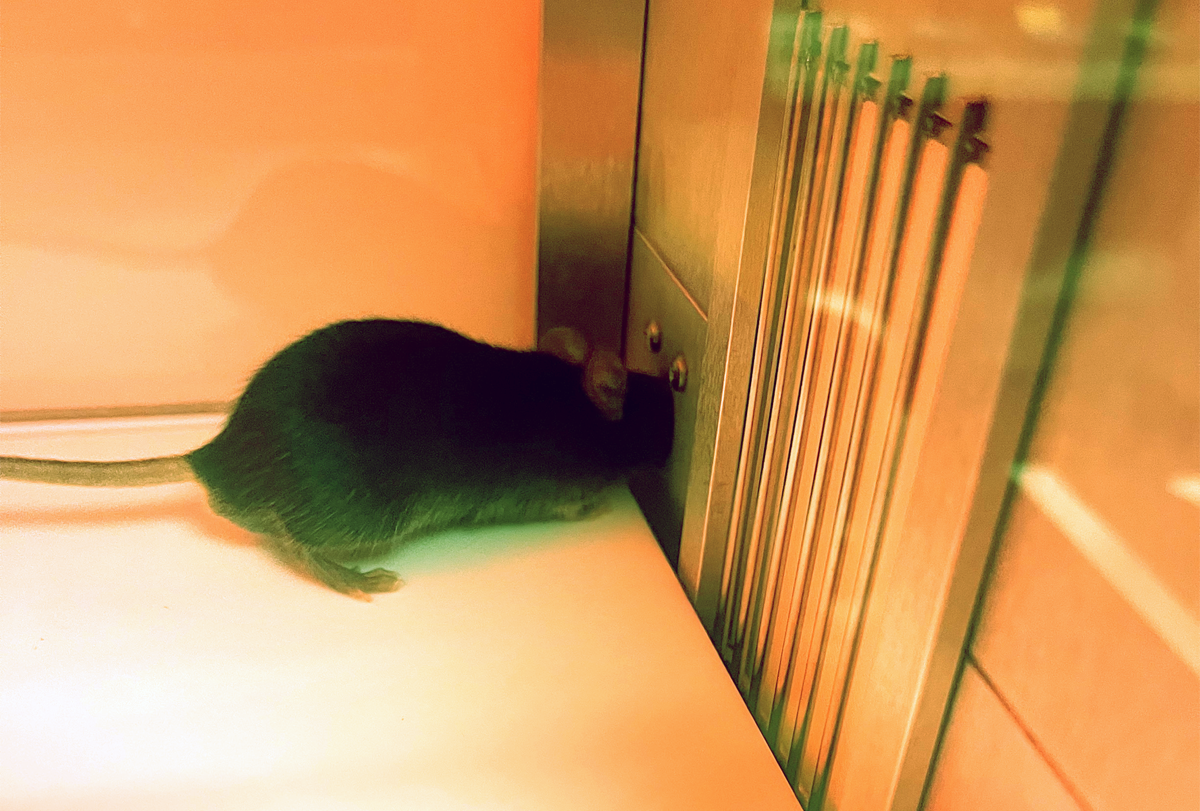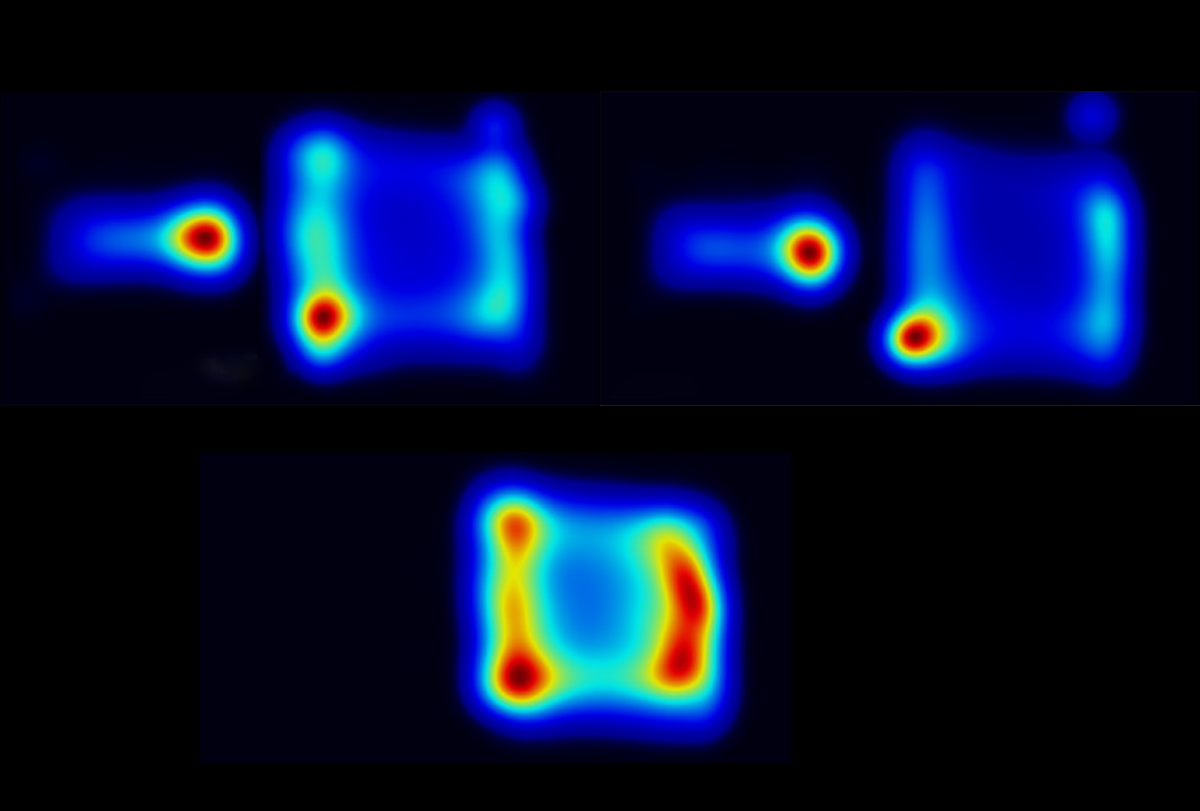A new assay measures how much effort a mouse exerts to interact with another mouse and gauges the animal’s level of engagement in the interaction.
The test could help scientists decipher social motivation, which tends to be diminished in autistic people.
Motivation is difficult to gauge in other common tests of mouse sociability, including the social conditioned place preference assay and the three-chamber test, says study investigator Susan Maloney, assistant professor of psychiatry at Washington University in St. Louis, Missouri.
Researchers can directly measure social motivation by training mice to press a lever in a cage to gain access to another rodent. But social motivation has multiple components: social reward seeking — the effort exerted to seek out others — and social orienting, the level of engagement with another individual.
“We wanted to take it a step further by being able to probe the different aspects of social motivation,” Maloney says. By developing a similar operant conditioning task and fixing a video camera to the test chamber, the researchers can assess both social reward seeking and orienting behaviors, Maloney says.
“It’s exciting that the study couples the video analysis with behavioral output,” says Kally O’Reilly Sparks, assistant professor of clinical neurobiology in psychiatry at Columbia University in New York, who did not take part in the research. “Often we as scientists take a single and simplified readout of a behavior, such as lever presses, without taking into account other aspects of the animal behavior that may help to interpret our data,” she says.
It’s “very useful” work, agrees Yevgenia Kozorovitskiy, associate professor of neurobiology at Northwestern University in Evanston, Illinois, who was not involved in the study. “The quantitative readout [is] advantageous over three-chamber social approach tests and observing open-ended social interactions,” she adds.
I
n the new study, Maloney and her colleagues placed mice in a chamber containing two nose-sized holes for a variety of tests. In one setup, a mouse had to poke its nose into one of the holes to open a window into another mouse’s chamber for 12 seconds. In another setup, poking the same hole opens the window to reveal a blank wall.In both cases, mice learned to discriminate between the “active” and “inactive” holes, but those who received a social reward repeated the behavior more frequently, the study shows. They also spent much of the 12 seconds interacting with the other mouse — a sign of social orienting.

The researchers progressively made the task harder, increasing the required number of nose pokes by three with each successive reward. Mice that were rewarded with another mouse exerted more effort than controls, suggesting they are strongly motivated to seek social rewards, the researchers say. (One particularly motivated mouse managed 350 nose pokes in one hour.)
Yet sociability appears to be highly variable, the study found. Some mice learned to open the window but showed little interest in interacting with their companion. These traits remained consistent across the three-day test period, suggesting they may reflect innate social differences, the researchers say.
And male mice show more reward seeking and social orienting than their female counterparts, the results found. Further analysis of sex-specific social behavior may shed light on why autistic boys tend to find social interactions less rewarding than girls with the condition, Maloney says.
T
he researchers then tested the assay on mice lacking the gene SHANK3, a gene linked to autism and Phelan-McDermid syndrome. Previous studies suggest that mice missing both copies of the gene have social impairments, but those lacking one copy — reminiscent of people with the condition — appeared to socialize typically.In the new assay, mice missing one or both copies of SHANK3 chose access to another mouse less often than their wildtype littermates did and spent less time interacting with their companion. The effect was particularly pronounced in male mice lacking the gene. The findings hint that the assay is more sensitive than previous methods and may detect social deficits in other knockout models, Maloney says.
In contrast, mice treated with a drug that blocks receptors for the social hormone oxytocin showed typical orienting behavior but less social reward seeking. The biggest effect was seen among females, suggesting that social motivation may depend on different brain circuits in males and females, the researchers say.
Maloney and her colleagues hope to map the brain circuits involved in social orienting and social reward seeking and explore how autism-linked genes affect these circuits. But it’s unclear whether the assay — which requires the animal to associate nose-poking with a social reward — would work in animals with learning problems or high rates of anxiety, says Hanna Hörnberg, group leader at the Max Delbrück Center for Molecular Medicine in Berlin, Germany, who was not involved in the work.
And probing how the neural pathways differ between mice that are willing to work for social reward compared with their less motivated littermates “would be a very compelling approach,” says Kozorovitskiy.






